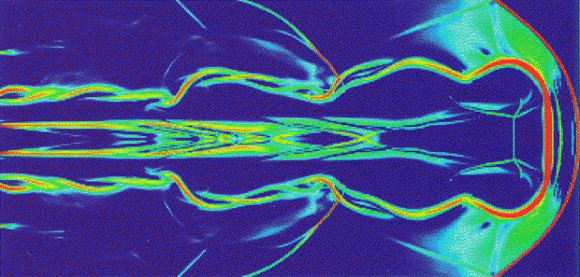


The moon is just under 250,000 miles from Earth, so light from the Moons surface has to. "What is the Speed of Dark?" April 1, 2011. Light travels through space at just over 186,000 miles per second. University of Illinois at Urbana-Champaign Department of Physics."Cosmic Queries: A Stellar Sampling." April 13, 2014. The speed of light in vacuum, commonly denoted c, is a universal physical constant that is important in many areas of physics. "How 'Fast' is the Speed of Light?" 2014. "Black Hole Spins at Nearly the Speed of Light." National Geographic. "How Cold is Dark Matter?" Journal of Cosmology and Astroparticle Physics. Armendariz-Picon, Christian and Neelakanta, Jayanth T.In 2013, researchers determined that one massive black hole measuring more than 2 million miles (3.2 million kilometers) across was spinning at around 84 percent of the speed of light. įinally, consider what would happen if you extend the definition of darkness to include black holes, which are devoid of light. The 54 meters per second figure estimated its speed when the universe was first forming, extrapolated to how fast the dark matter could travel today if it were still in motion. Of course, dark matter velocity is theoretical at this point, as this matter has largely stopped moving, preferring to form haloes around galaxies throughout the universe. In a 2013 study, scientists determined that dark matter should have a speed of 54 meters per second, or 177 feet - slow compared to the speed of light. This mysterious energy makes up 80 percent of all matter in the universe. Widen the interpretation of darkness a bit further, and consider the speed of dark matter. This same speed of darkness holds true if you equate darkness to how long it takes for the light to go away when the power is switched off - again, the speed of dark in this case is equal to the speed of light. While this dark spot might not meet strict criteria for total darkness, it travels at the same speed as the rest of the non-obstructed light. Consider a dark spot in a beam of light, which might be created by placing a piece of cloth or other object over part of the light source. The speed of light is constant and does not depend on the speed of the light source.If you expand the concept of dark, however, it may appear that the dark has a speed all its own. Say that Einstein's bike travels at 10% the speed of light (30,000 km/sec): the speed of light from Einstein's headlight does NOT equal 330,000 km/sec. Light from a moving source also travels at 300,000 km/sec (186,000 miles/sec). Light from a stationary source travels at 300,000 km/sec (186,000 miles/sec). No matter how fast Einstein rides his bike, the light coming from his headlight always moves at the same speed. Although it might seem logical to add the speed of the light source and the speed of the light beam to determine the total speed, light does not work this way. The Special Theory of Relativity is based on Einstein's recognition that the speed of light does not change even when the source of the light moves. SPEED Units Conversion miles-per-second to speed-of-light 1 mi/s, 5.3681937522257E-6 c 2 mi/s, 1.0736387504451E-5 c 3 mi/s, 1.6104581256677E-5 c 4 mi/. For example, beams of light from a lighthouse, from a speeding car's headlights and from the lights on a supersonic jet all travel at a constant rate as measured by all observers-despite differences in how fast the sources of these beams move. A traveler, moving at the speed of light, would circum-navigate the equator approximately 7.5. Instead, Einstein had an unexpected-and paradoxical-insight: that light from a moving source has the same velocity as light from a stationary source. Light travels at a constant, finite speed of 186,000 mi/sec. Surprisingly, the answer has nothing to do with the actual speed of light, which is 300,000 kilometers per second (186,000 miles per second) through the "vacuum" of empty space. No matter how you measure it, the speed of light is always the same.Įinstein's crucial breakthrough about the nature of light, made in 1905, can be summed up in a deceptively simple statement: The speed of light is constant.


 0 kommentar(er)
0 kommentar(er)
